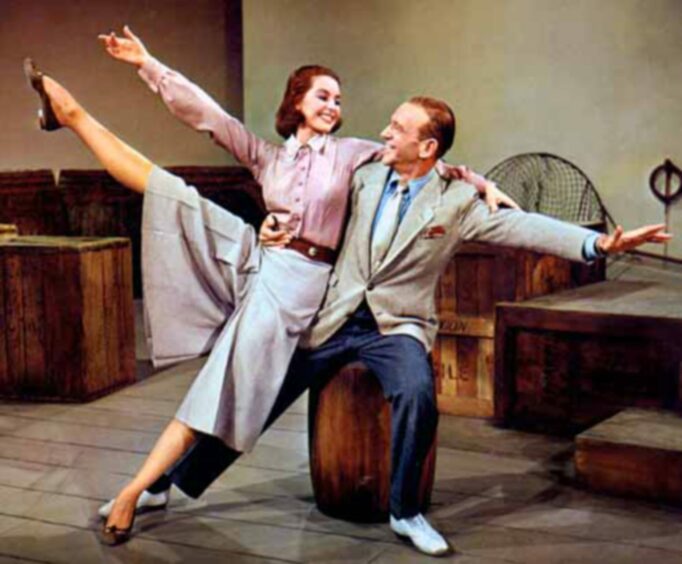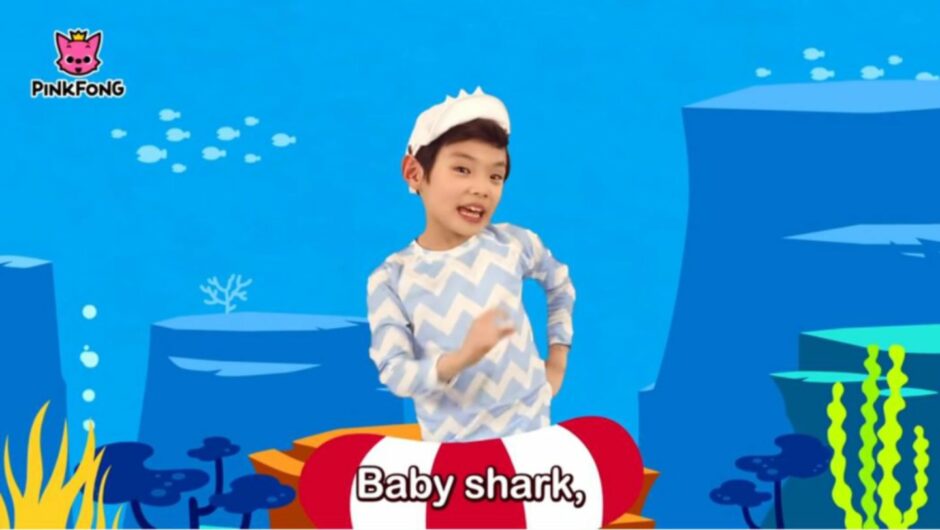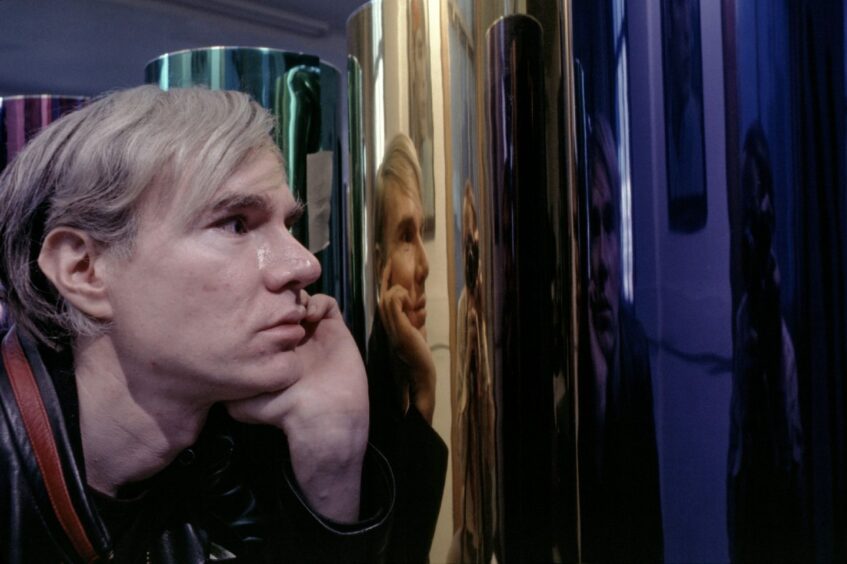If you use the internet, chances are you use the online video-sharing platform YouTube.
Launched in 2005 by three individuals, Google quickly realised its potential, and bought it for $1.6 billion.
YouTube has since grown massively and in 2020 its revenues were $19 billion. It’s now the second most visited site on the internet.
I use YouTube to watch stuff from what is often called the golden age of film or TV, things I can’t find on normal TV. Now that’s got me thinking – who defines the “golden age”? It’s all very subjective.
“The golden age” column, coming soon…
I recently took a look at the YouTube folder on my laptop. A whole mix of stuff in there. Wonderful documentaries from decades ago, an audience with Kenneth Williams, stunning clips of dancers such as Sammy Davies Jnr, Gregory Hines, Fred Astaire, Jimmy Cagney, numerous old Parkinson interviews, with such stars as Gregory Peck, Peter Ustinov, Cary Grant, George Burns, Richard Burton and Jimmy Stewart. And of course, a whole plethora of 1970s UK TV classics that the woke BBC refuses to show anymore.
I’ve also got a sublime clip of Norman Wisdom playing the drums aged 92. And at Christmas via YouTube, I watched the original 1954 film, An Inspector Calls, with Alastair Sim. What a joy that was.
Whatever your thing is, chances are you’ll find it on YouTube. It really is a marvellous invention. In a nutshell, anything that has ever been filmed, if it is not copyrighted, can be found on there, all it needs if for someone to upload it.
However, according to the viewing figures, I’m in the minority. Watching a clip of Ella Fitzgerald and Count Basie perform live, for instance, is not what the vast majority are watching. So, what is on there? What is everyone watching?
Everything from the sublime to the ridiculous to be honest.
Sadly, YouTube is also used as a platform by anarchists, conspiracy theorists and far right extremists. But as long as it’s “legal”, basically anything goes on YouTube.
Thankfully, most people don’t post nasty content. And that is the growing allure and appeal of YouTube, everyday ordinary folk can upload. Just set up a free account and you’re good to go.
What they post and how many others watch it astonishes me. Here are some examples of clips uploaded.
A video of swans and ducks on a river got half a million hits. A woman cooking a leg of lamb in her kitchen – 2.1 million people watched it. A guy falling over in the snow – 3.6 million enjoyed that one. A Russian guy drinking vodka in his flat – 5 million for this. A cat playing with a cucumber – 12 million hits. A cat sleeping – 16 million.
But then there are the big hitters.
“Charlie bit my finger!” a clip of a wee boy and his brother, has been viewed by more than 128 million people.
The most viewed YouTube clip of all time? It’s a children’s song called Baby Shark.
Believe it or not, but it’s been viewed a jaw-dropping 10 billion times. Not million, 10 billion times.
I watched it while writing this column. It lasts two minutes and 16 seconds. Cartoon characters of fish and sharks swimming around and some annoying kids singing repetitively “baby shark doo doo doo doo doo doo, mommy shark doo doo doo doo doo doo”.
Oh dear, that’s two minutes and 16 seconds of my life that I’ll never get back again.
Oh, by the way, that JB Priestly classic movie An Inspector Calls I watched over Christmas? Slightly less than 10 billion – it gets a worldwide 3,000 hits. A fascinating reflection on society.
And of course, viewers can post comments after they watch a video clip. But therein lies another problem. Many of the comments can be abusive, ignorant, racist, homophobic, or just downright nasty and personal. Can you image what this does to the mental health of, say, a 12 year old who posts video clips of her own various hairstyles, if people leave comments saying she is stupid or ugly?
Like social media, YouTube, in my view, can either be a wonderous place or a cesspit.
So why do people post their own personal videos of their pets and children on this platform?
Millions want to be seen and “liked” these days. But it’s also about money, which comes mostly from advertising. Companies all over the world advertise nearly every imaginable product on there. Basically, you upload a video, then you earn money off the ads that play in your video, ie you receive a monthly share of any advertising revenue.
The most successful uploaders can also acquire lucrative brand partnerships and sponsorship deals. But you’ve got to rack up at least 1,000 subscribers to your account and have at least 4,000 watch hours during the past year to start earning.
Lockdowns helped massively, as many films and TV programmes were cancelled, people in their droves took to YouTube for entertainment, and advertisers followed suit. YouTube has over 2 billion users worldwide and I’ve read that over 500 hours of content are uploaded every minute.
Here are some newly released figures for YouTube’s top earners. They have gained fame and fortune.
Ryan Kaji is a 10-year-old who puts up clips of himself reviewing toys. Last year his video clips earned him £19 million.
A seven-year-old girl in Russia, named Nastya, has 90 million followers on YouTube. Ninety million people watch this seven-year-old make music videos. Last year she earned £20 million.
Can’t get your head round all this? No, neither can I.
But number one spot goes to a guy called The Beast. He puts up clips of stunts and pranks. His videos are viewed by so many that he recently earned £39 million.
Despite the average person making next to nothing, it’s addictive, as no one knows what the next big “hit” will be, so they keep at it, posting videos of anything and everything, in the hope they will be the next big thing.
I think it’s bizarre. Bizarre that not only millions of people watch a video of someone’s dog dragging its bum across the carpet, but that the owners of said dog actually make money from it.
Is this harmful? Probably not, but then again…
I wrote a column last year, “why would anyone want to be famous?” I didn’t mean long-time, hard-won fame, the likes of classic film stars and musicians still rocking into their 70s. I meant the modern-day celeb culture of realty TV.
The modern celeb culture is a very strange beast indeed. Fuelled by shows such as The X Factor, the winners become famous, and very quickly at that. From nowhere to global fame, in an instant.
Millions of young people watch these shows and see other ordinary people propelled into instant fame. That’s dangerous in my view. For it’s not the being a singer or dancer that’s important anymore, it’s being recognised, loved, admired and famous.
The dance or the music seems secondary, it’s the money and fame that counts.
The irony is, for many who do win these programmes, whilst I accept that some do go on to make a career, the vast majority of those who won whatever show it is are soon long forgotten. That to me is the problem of instant fame. It’s rarely hard won and very fleeting.
However, thanks to YouTube, you don’t even need to put yourself out there and go on Britain’s Got Talent if you want to be famous. You can do it all from the comfort of your own home. Just get yourself a YouTube account and start uploading videos. And you too could become “famous”.
It’s usually misquoted, but Andy Warhol did say: “In the future, everyone will be world famous for 15 minutes.” It seems that millions the world over are trying to achieve just that, via YouTube.
Fancy joining their ever-growing ranks? Go on, take a video clip on your phone of your dog sleeping and kicking its legs as it dreams, or your cat climbing up the curtains, and stick it on YouTube.
Fame to me is the likes of Frank Sinatra, Gene Kelly, Audrey Hepburn. But whether we like it or not, fame these days can be you and your videos posted on YouTube.
And as for a kid earning millions of pounds because people watch clips of him playing with toys? I just don’t get it.
We really do live in an ever-changing, head-scratching world.
What’s next?
Your guess is as good as mine…







